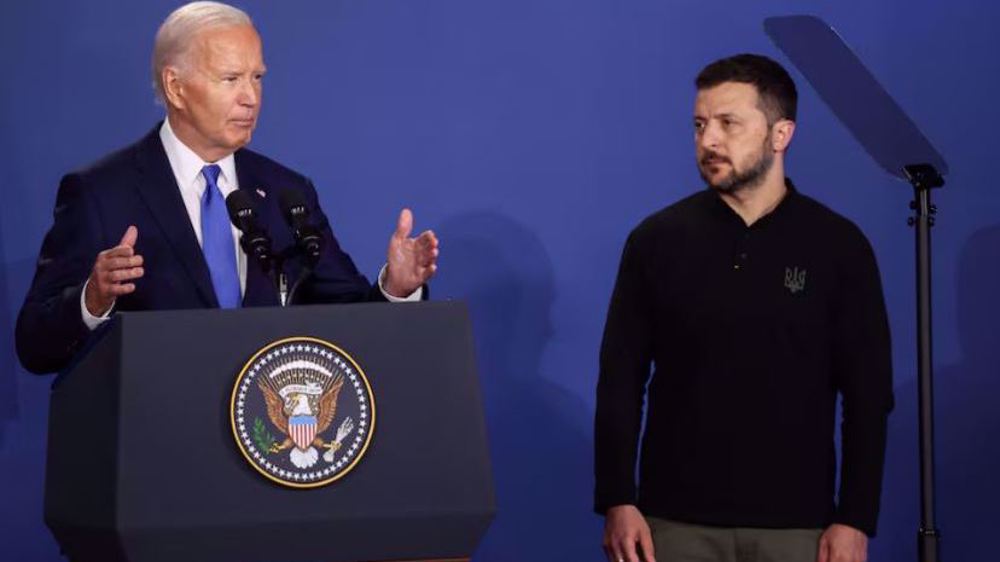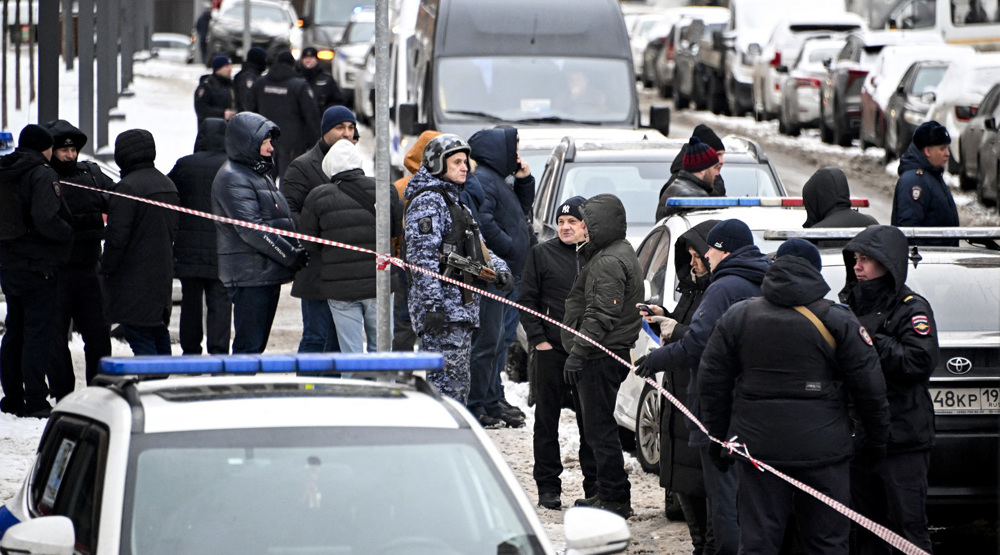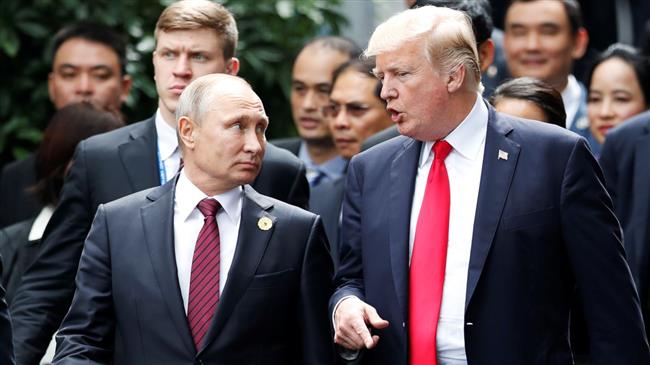Russia test-launches Sarmat intercontinental ballistic missile
Russia has successfully test-launched the massive Sarmat intercontinental ballistic missile (ICBM) from Plesetsk cosmodrome in Mirny, Arkhangelsk Oblast, about 800 kilometers north of Moscow.
The test was aimed at studying the characteristics and behavior of the missile during launch, an official statement from the Russian Defense Ministry said on Friday.
Sarmat is touted to have virtually no range limit. It is able to carry massive payloads across the North or the South pole to anywhere on the planet.
The heavy missile is planned to replace the Soviet-era Voevoda.
Its full-scale production is scheduled to be launched in 2019 or 2020.
It was featured for the first time in Russian President Vladimir Putin's annual address to the general assembly in early March. The president showcased the missile system as the centerpiece of Russia's renewed and super advanced weapons.
Other weapons showcased by Putin included nuclear-powered submarine drones, cruise missiles and a ground-based combat laser weapons.
Putin explained that the new weapons were developed in response to Washington's breach of the 1972 Anti-Ballistic Missile Treaty, which was signed between the US and the Soviet Union to limit the use of missile defense systems.
The Russian leader said Washington unilaterally withdrew from the agreement under former President George W. Bush to advance its missile technology, but Moscow has made sure that its strategic weapons can get past any modern US system.
Putin also said that Russia had tested a number of new advanced strategic weapons, which could not be intercepted, saying they would render US-made defense missile systems "useless."

A hypersonic air-to-surface missile was also test-fired by Russia earlier this month. The missile, dubbed Kinzhal (“Dagger”), was fired by a MiG-31 fighter jet and hit its designated target at an undisclosed test range, the Russian Defense Ministry said in a statement on March 11.
Tel Aviv tells Damascus Israeli forces will remain in occupied territory: Report
Dec. 22: ‘Axis of Resistance’ operations against Israeli occupation
‘Abhorrent’: Oxfam says only 12 trucks delivered aid in North Gaza since Oct.
VIDEO | Leader receives religious eulogists on Hazrat Fatima birth anniv.
Pope Francis slams Israel’s ‘machine-gunning’ of Gaza children
US hostage-taking of Iranian nationals violation of intl. law: Deputy FM
VIDEO | Carol Singers for Palestine on London’s Parliament Square
Ansarullah says ‘Israeli terrorists’ incapable of confronting Yemen, warns of secret weapons











 This makes it easy to access the Press TV website
This makes it easy to access the Press TV website